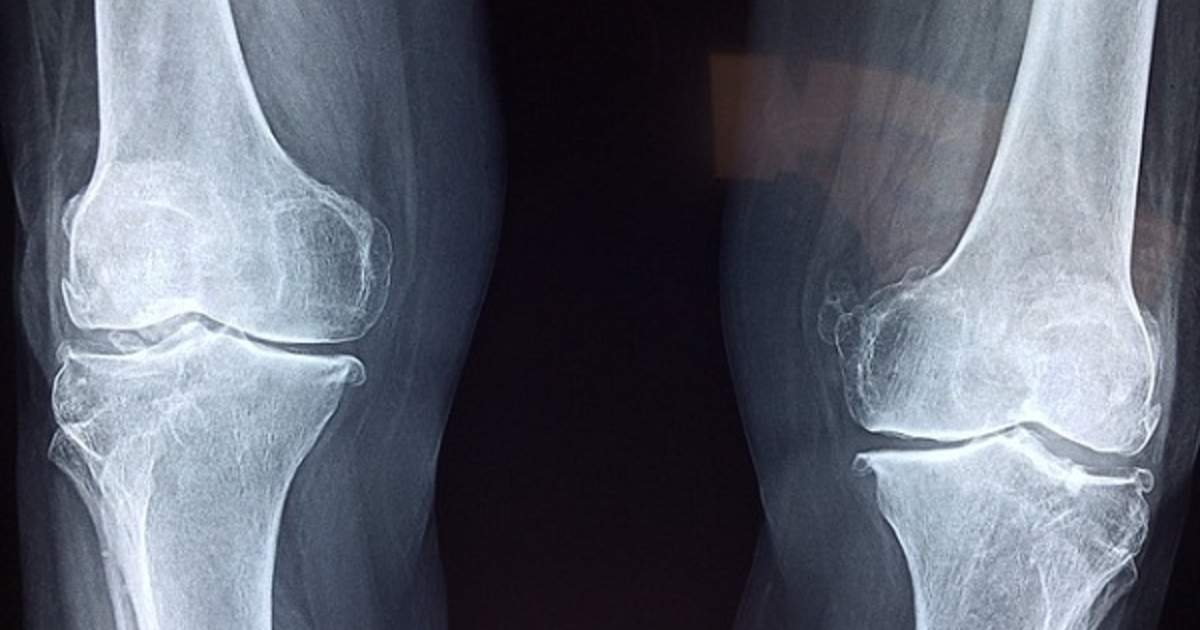Guide To Bone Cancer Causes And Risk Factors
Bone cancer is a malignancy that originates and develops in bone tissue. Less than one percent of all cancer diagnosis are bone cancers, as they are rare in the general population. The most common bones in the body affected by bone cancer are the long bones in the legs and arms as well as the pelvis. The three primary forms of bone cancer include chondrosarcoma, osteosarcoma, and Ewing sarcoma. Symptoms indicative of bone cancer include swelling and redness around the affected bone, fatigue, bone pain, bone fracture, and unexplained weight loss. A bone cancer diagnosis is made using physical examination, magnetic resonance imaging, positron emission tomography, bone scans, computerized tomography, x-rays, and tissue biopsy. Depending on the location and stage of bone cancer, surgery, chemotherapy, or radiation therapy may be used to treat it.
Paget's Disease Of The Bone

An individual's risk of developing bone cancer can be a late complication that occurs due to pre-existing Paget's disease of the bone. Paget's disease of the bone is a disease that impairs an individual's natural bone recycling process. Over time, the body breaks down old bone tissues and replaces it with new bone tissue to help maintain healthy bone density. Paget's disease of the bone affects bones in the pelvis, spine, skull, and legs. An individual's risk of developing Paget's disease of the bone increases as they reach their sixth decade of life. Paget's disease of the bone can cause the body to produce new bone at a faster rate than it would otherwise. The new bone generated in this process is weaker and not as hard as healthy bone tissue. The altered characteristics and invasiveness of the excessive new bone growth can cause pain due to bones that have become deformed. Since cancer is caused by gene mutations that occur in the cells, an individual affected by Paget's disease of the bone is at an increased risk of developing bone cancer. The constant remodeling process the bone is undergoing provides greater opportunity for a cancer-causing mutation to occur.
